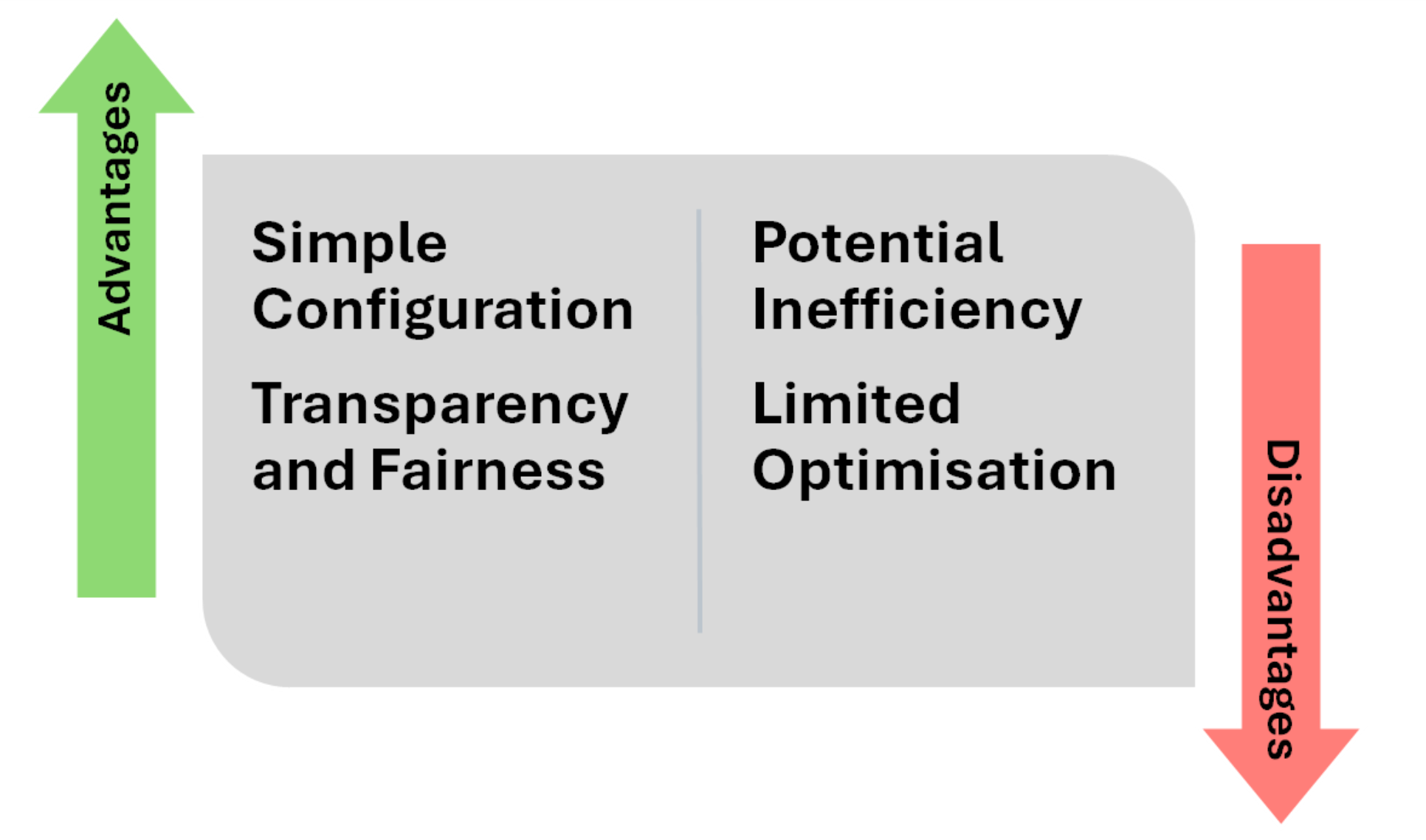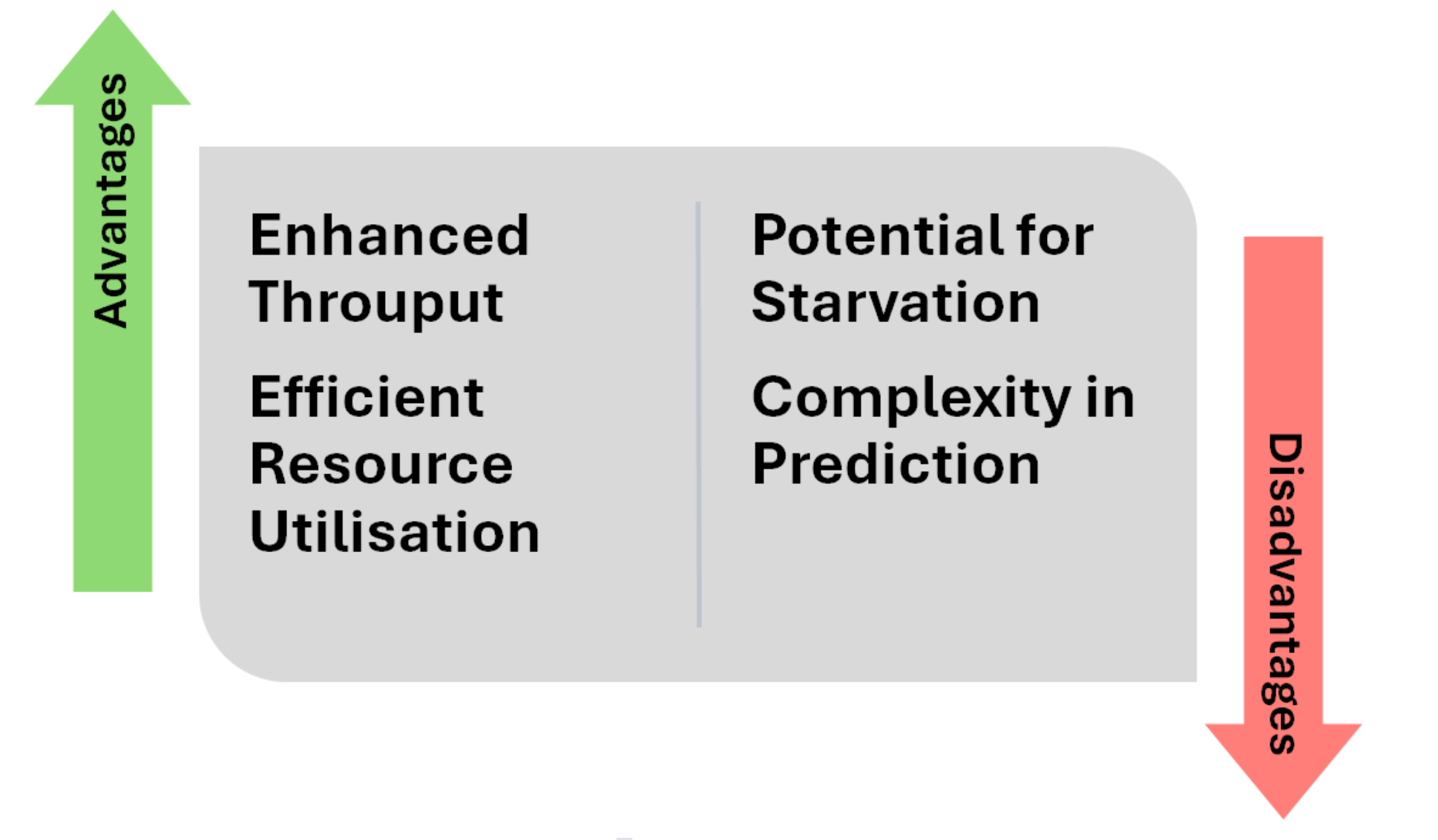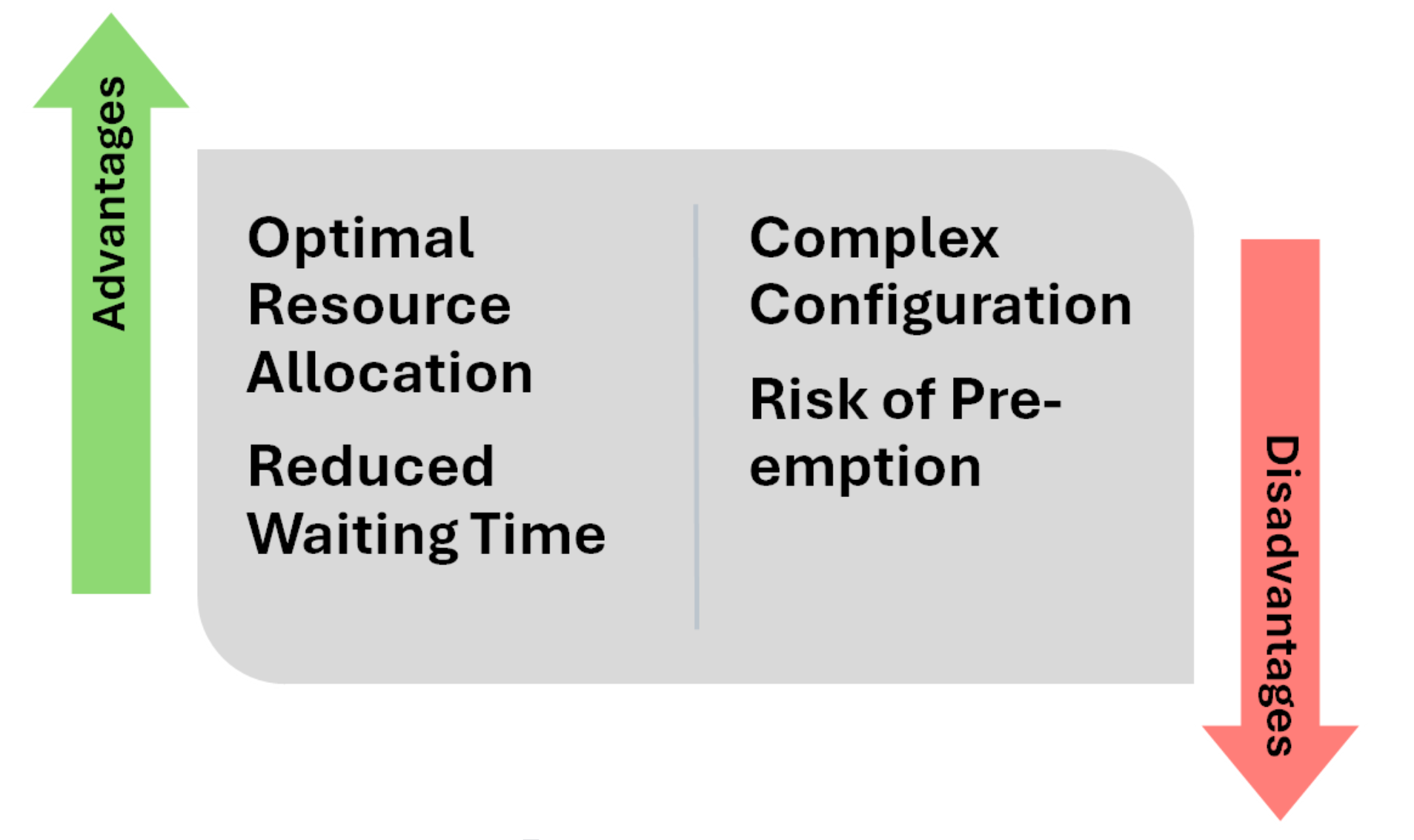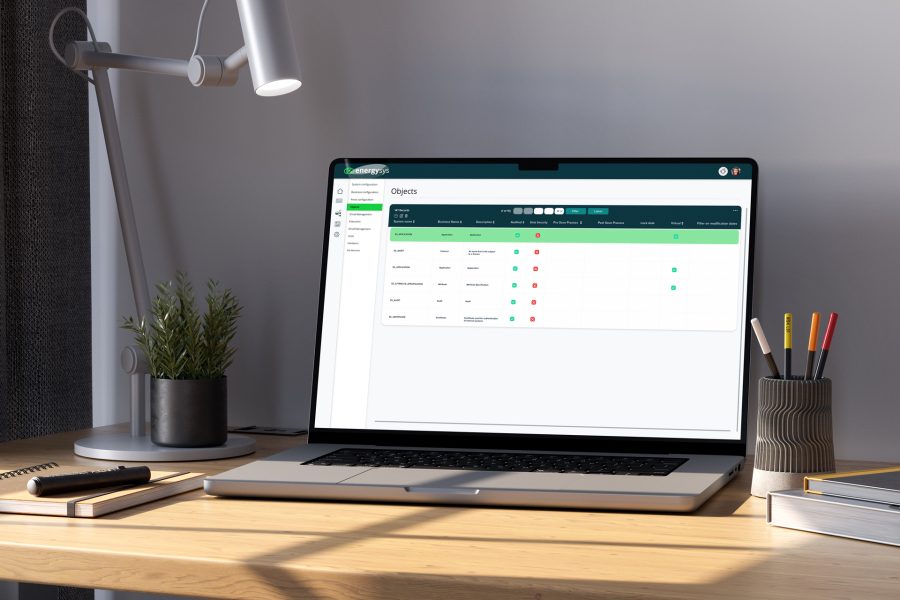Methods for Cargo Berth Scheduling.
Efficient cargo berth scheduling is paramount for port operations to ensure smooth workflow and timely execution of load and unload operations. In this digital age, advanced software solutions like the EnergySys Cloud Platform offer the ability to configure various scheduling algorithms such as First-Come-First-Served (FCFS), Shortest Job First (SJF), and Shortest Remaining Time First (SRTF) to optimise cargo handling processes.
Let’s delve into the advantages and disadvantages of each algorithm and explore the benefits to customers of utilising EnergySys for scheduling.
FCFS (First-Come-First-Served)
This method prioritises tasks or jobs based on their arrival time, executing them in the order in which they were received.
Advantages:
Simple Configuration: The simplicity of this method ensures quick implementation and ease of use for port operators.
Transparency and Fairness: FCFS provides transparent scheduling logic, ensuring fairness in job execution order. This transparency fosters trust among stakeholders, promoting healthy relationships between the port and shipping companies.
Disadvantages:
Potential Inefficiency: FCFS may lead to suboptimal resource utilisation, as it prioritises jobs solely based on arrival time. This approach could result in longer waiting times for critical tasks, impacting overall efficiency.
Limited Optimisation: Without considering factors like urgency or resource availability, FCFS lacks the ability to dynamically adjust scheduling priorities. This limitation could hinder the Optimisation of workflow and resource allocation.


SJF (Shortest Job First)
This method prioritises tasks based on their duration, executing the shortest tasks first to optimise throughput and minimise waiting times.
Advantages:
Enhanced Throughput: SJF optimises job execution by prioritising shorter tasks, leading to improved overall throughput and faster project completion times.
Efficient Resource Utilisation: By minimising idle time and continuously allocating resources to active tasks, SJF maximises resource utilisation. This Optimisation contributes to cost savings and improved productivity for port operators.
Disadvantages:
Potential for Starvation: Longer tasks may face starvation in SJF as shorter tasks constantly take precedence. This could lead to delays in critical projects, impacting customer satisfaction and potentially damaging the port’s reputation.
Complexity in Prediction: Predicting job completion times becomes challenging with SJF, as it relies on the arrival of shorter tasks. This uncertainty in project timelines could complicate planning efforts and hinder decision-making processes.
SRTF (Shortest Remaining Time First)
This method dynamically prioritises tasks based on their remaining processing time, constantly pre-empting currently running tasks to execute the one with the shortest remaining time, maximising efficiency and minimising overall completion time.
Advantages:
Optimal Resource Allocation: SRTF ensures optimal resource allocation by prioritising tasks with the shortest remaining time to completion.
Reduced Waiting Time: By minimising the average waiting time for all tasks, SRTF enhances overall efficiency and customer satisfaction.
Disadvantages:
Complex Configuration: Implementing SRTF requires sophisticated algorithms to constantly update and prioritise tasks based on their remaining time. This complexity could increase the risk of errors and system failures if not managed effectively.
Risk of Pre-emption: SRTF may lead to frequent pre-emption of tasks, disrupting workflow continuity and potentially causing frustration among users.

Benefits to Customers of Using EnergySys for Cargo Berth Scheduling:
Streamlined Operations: EnergySys provides customers with a centralised platform for cargo berth scheduling, streamlining operations and improving workflow efficiency. With intuitive interfaces and advanced scheduling algorithms, EnergySys simplifies complex scheduling tasks, allowing customers to focus on core business activities.
Enhanced Visibility and Control: By utilising EnergySys, customers gain enhanced visibility and control over their cargo handling operations. Real-time dashboards and analytics enable informed decision-making, while customisable scheduling parameters empower customers to optimise resource allocation and prioritise critical tasks.
Improved Customer Satisfaction: With optimised scheduling algorithms and efficient resource utilisation, EnergySys helps customers deliver goods on time and meet customer expectations. By minimising waiting times and maximising throughput, EnergySys enhances customer satisfaction and strengthens relationships with shipping partners.
Cost Savings: EnergySys enables customers to achieve cost savings through improved resource utilisation and reduced idle time. By optimising scheduling processes and minimising delays, EnergySys helps customers minimise operational costs and maximise profitability.
Scalability and Flexibility: EnergySys offers scalability and flexibility to adapt to evolving business needs and changing market conditions. Whether handling small-scale operations or managing large-scale cargo terminals, EnergySys provides customers with the flexibility to scale operations seamlessly and meet growing demand.
Conclusion
In conclusion, EnergySys can support a number of alternative scheduling algorithms tailored to optimise cargo berth operations. By leveraging advanced algorithms such as FCFS, SJF, and SRTF, users can streamline operations, enhance efficiency, and deliver exceptional service to their clients. With its intuitive interface, robust features, and seamless integration capabilities, EnergySys emerges as a trusted partner for port operators seeking to optimise cargo handling processes and drive business success.






